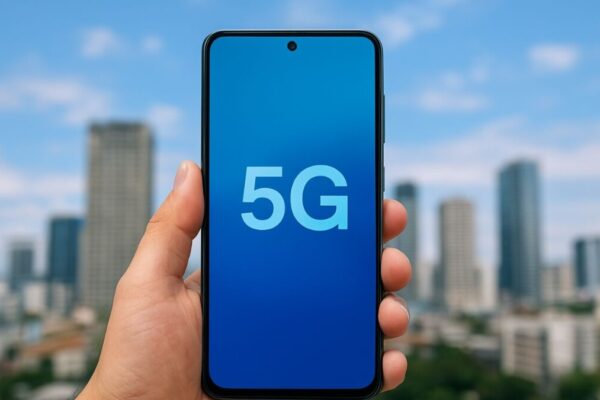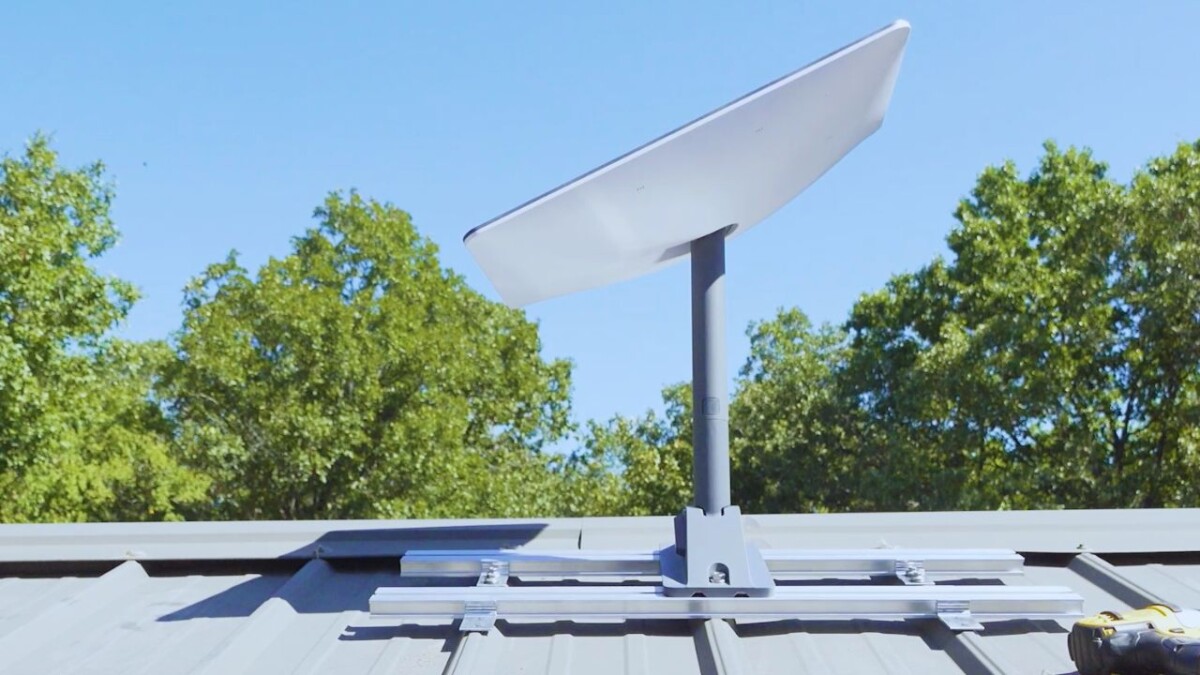In the vast archipelago of the Philippines, where connectivity often dances between brilliance and frustration, a new player has entered the scene. It comes not from the underground fiber-optic networks or the towering cellular masts that punctuate our skyline but from the cosmos itself. Starlink, SpaceX’s ambitious satellite internet service, is rewriting the rules of digital access, promising to illuminate even the darkest corners of our nation with high-speed connectivity. But what does it truly mean for the Filipino digital experience? Let’s dive in.
How Starlink Differs from Traditional Internet Services
For years, Filipinos have relied on fiber optics, DSL, and mobile data to stay connected. But these technologies come with limitations: fiber struggles to reach remote areas, DSL speeds often crawl, and mobile data fluctuates depending on signal strength. Starlink, in contrast, beams internet directly from a constellation of low Earth orbit (LEO) satellites, bypassing the need for extensive ground infrastructure. This fundamental shift allows even the most isolated barangays to experience connectivity previously unheard of.
Advantages of Starlink for Filipinos
- Unparalleled Coverage – From the bustling streets of Metro Manila to the serene shores of Siargao, Starlink can provide internet access anywhere with an unobstructed view of the sky.
- High-Speed Internet – With speeds reaching up to 250 Mbps, buffering becomes a relic of the past, making video calls, gaming, and streaming seamless.
- Low Latency – Unlike traditional satellite internet that suffers from significant lag, Starlink’s low Earth orbit satellites ensure a smoother, more responsive connection.
- Self-Installation – A satellite dish, a router, and a clear sky—no technicians, no extensive wiring, just plug, play, and connect.
- Disaster Resilience – During typhoons and calamities, when terrestrial networks falter, Starlink remains operational, providing lifelines to affected areas.
The Challenges: Is Starlink for Everyone?
Despite its promise, Starlink is not without its drawbacks.
- Cost Barrier – With an initial hardware fee of around ₱29,000 and a monthly subscription of ₱2,700-₱3,300, it remains significantly pricier than traditional fiber or mobile plans.
- Obstructed Signals – Unlike fiber, which operates underground, Starlink requires a clear, unobstructed view of the sky; urban areas with high-rise buildings may experience signal disruptions.
- Limited Availability – While expanding, Starlink’s user base is still growing, and congestion in highly populated areas may lead to inconsistent speeds.
What This Means for the Next Generation
For digital nomads, remote workers, and businesses in rural areas, Starlink represents a paradigm shift—a world where location no longer dictates opportunities. For students in far-flung provinces, it’s a bridge to knowledge. For disaster-prone communities, it’s an emergency lifeline. Yet, for the everyday Filipino, affordability remains the question. Is the price worth the freedom? Or will traditional ISPs find ways to improve and compete?
Final Thoughts: A Sky Full of Possibilities
Starlink is not just another internet provider; it’s a glimpse into the future of global connectivity. While it may not replace fiber for urban dwellers, for those in underserved areas, it is a beacon of hope—a signal from the stars that the digital divide is narrowing. The question now is: Is the Philippines ready to embrace this celestial revolution?
As the satellites continue their silent dance across the heavens, one thing is certain: the way Filipinos connect, work, and dream is about to change forever.
Disclaimer: Images used in this article are for illustrative purposes only. All photos belong to their respective owners. If you are the copyright holder of any image and wish to request removal or credit update, please contact us.















